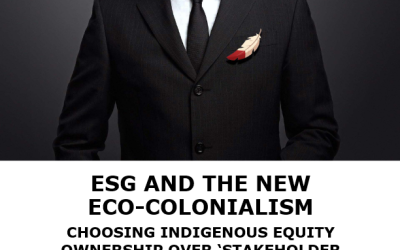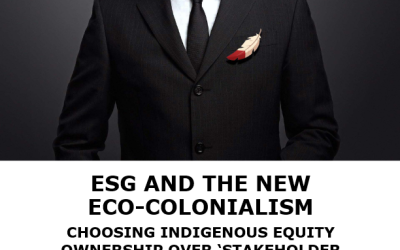OAKVILLE — When American President George W. Bush mentioned “switchgrass” in his recent state of the union address, many people may have wondered if they heard right.
Huh? Did he say swish grass? Switch blade grass? Switch to grass?
But on a farm about 50 kilometres west of Winnipeg, the Blight family knew exactly what he meant.
Bush cited switchgrass as a potential renewable fuel to help reduce his nation’s addiction to oil. Blight Native Seeds Ltd. has been growing switchgrass for almost 10 years, and recently began processing it into pellets to replace natural gas and electric heat.
The reason for the buzz about switchgrass is it stores a tremendous amount of BTUs (British thermal units) to produce environmentally friendly heat from stoves and furnaces.
It is a best bet to be economically viable versus fossil fuels because it costs so little to grow. It’s a perennial, and grows like a weed up to 1.5 metres high in dense clumps.
And get this. Remember those Prairie fires that used to burn across this land before the tall grass prairie was plowed under for agriculture? That was switchgrass. It is an indigenous tall grass prairie grass, and it grows best in Manitoba and North Dakota.
The irony is tall grass prairie is almost extinct in our province — just when we need it.
Well, not entirely. Growers like the Blights now seed the plant as a crop. The nice part is the Blights only had to plant switchgrass once, in 1997, and haven’t reseeded since.
Blight Native Seeds, the Farm Credit Canada’s Conservation Farm of 2004, is the largest native grass seed farm in Canada. It grows 15 different varieties on 1,000 acres including bison big blue stem, prairie sandreed, and needle-and-thread grasses.
“Switchgrass is a very good fit for the Manitoba climate. It loves heat, and it loves moisture. It absolutely thrived last year when many crops were being drowned out,” said Kam Blight, who runs the business along with dad, Jim, and brother, Kevin.
The family started growing grasses in 1988 for the reclamation market for mines, particularly for the oil and gas industry.
“It’s a pretty good market. About one-third of our product goes to Alberta, and two-thirds to the U.S.,” said Blight.
Making switchgrass pellets is still in the experimental stage for the Blights. They only started last year and have not begun marketing yet. They currently ship switchgrass to Saskatchewan to be processed. They use the pellets to help heat their snowmobile performance shop, and to supply some other stove owners on a trial basis.
The switchgrass pellet market is seen as more of rural, cottage and industrial, than residential, because you have to feed the stove or furnace once a day — about 18 kilograms per day (at $4 to 5 per bag). Also, bags of pellets have to be picked up or delivered. The bags are about the size and flatness of large bags of grass seed. Pellet stoves also have to have ash cans regularly emptied.
Another potential market is greenhouses, many of which now burn coal to combat high heating costs.
“We’re just trying to find a renewable resource to use as heat,” said Blight.
Coal is a big stumbling block to switchgrass pellets because it sells for about half the price. However, switchgrass is considered “green heat.” It gives off carbon dioxide when burned, but soaks up carbon dioxide when growing. Also, greenhouse-gas emissions from burning switchgrass are about one-twelfth those from natural gas, said Roger Samson, executive director of Resource Efficient Agricultural Production (REAP), who recently spoke in Manitoba at the invitation of Frontier Centre for Public Policy.


